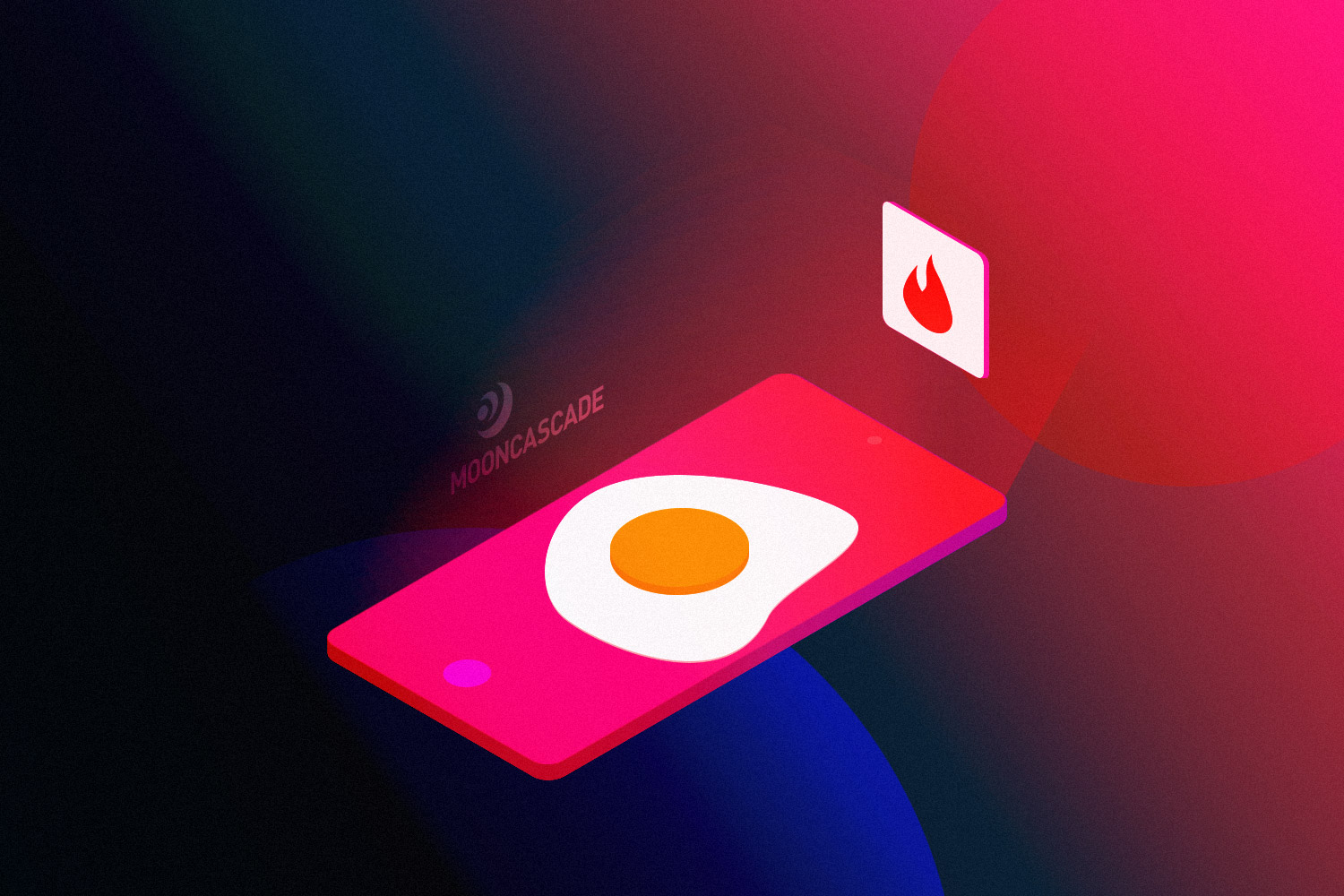Why Product Development is Important
If you’ve been a part of any product development team in recent years, you’ll already have a good idea of why product development is important, and you’ve probably heard of service design. Maybe you’ve even seen it in action, in your own company’s practices or in a partner’s. But what exactly does the term mean?
Service design is a mindset and toolbox for creating services that solve actual human problems, meet users’ needs, and generate valuable new experiences. Eliminating problems through service design is a big part of why product development is important. Its goal is to help teams build better products by making backstage processes more responsive to the customers they’ll be serving.
Service design is closely related to design thinking in that both approaches value creative problem solving through empathy. Think of it as a methodology for developing useful, usable ideas by putting you in the user’s shoes throughout the entire design process.
Why product development is important here, is because when done right, successive iterations of service design will make your product or service touch points seamless and your product an intuitive solution for the problem you’ve set out to solve. People know when a service has been created with their needs in mind, and when they come across one that does, it resonates with them in ways that nothing else can.
Let’s have a closer look at how this approach can help your team create better products by exploring five of service design’s most important benefits.
Service design puts people first
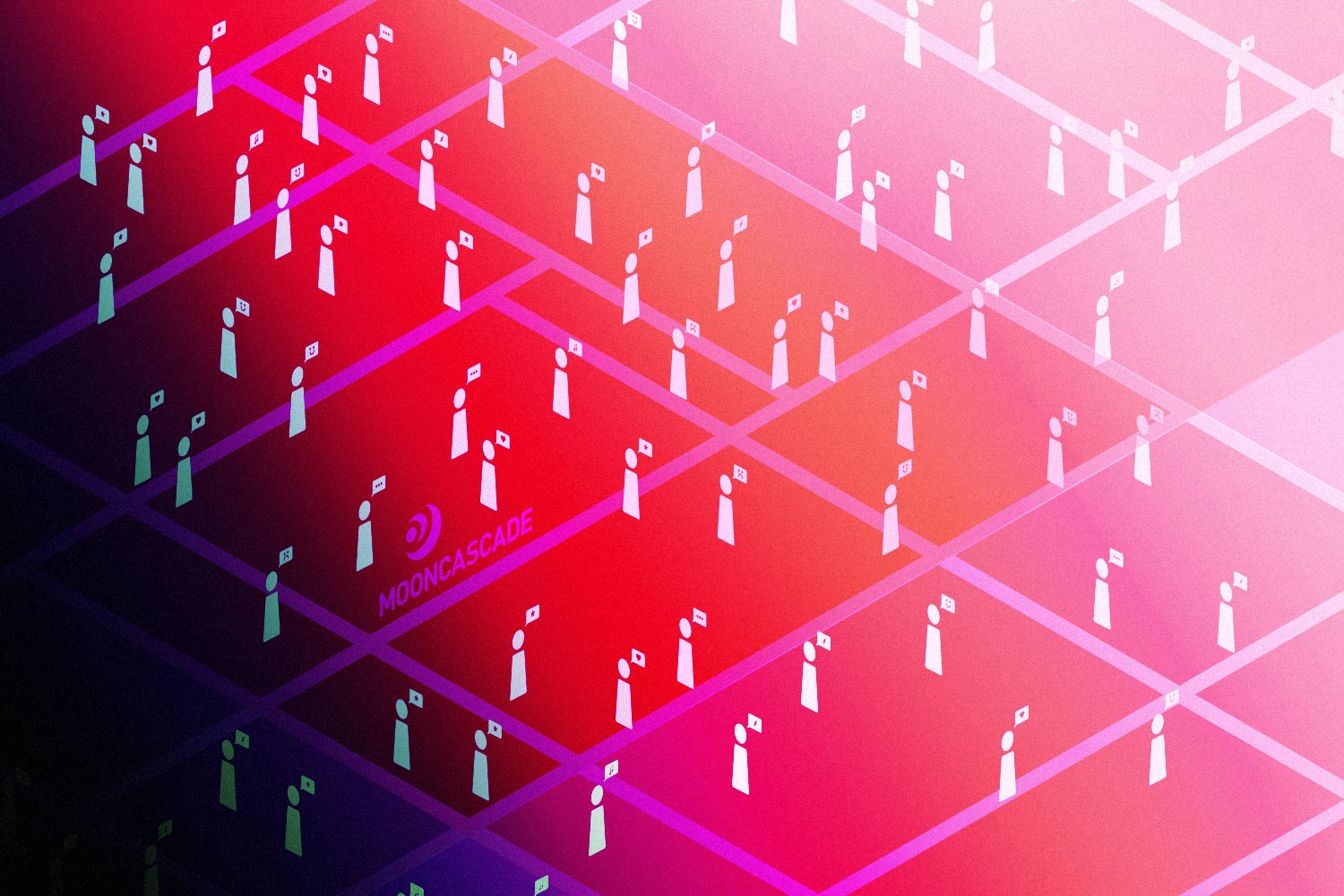
It’s always valuable to look at things through the eyes of a person – and that’s why product development is important and goes hand in hand with service design. Teams design services for specific real-life purposes, whether it’s helping people save time, money, or energy, or giving them ways of feeling connected, supported, or motivated.
Service design keeps humans at the heart of this process. One of its core principles is to fit the product to the person—not the other way around.
When you know your customer and properly identify their needs, there’s no need to invent solutions out of thin air. You can locate their pain points, gather data about them, and start building a better, ‘new and improved’ product based on a problem that truly exists.
Here at Mooncascade, we prefer kicking off our projects by doing research, drawing up personas, and building customer journey maps. This helps ensure we’re on the right track from the start, and avoids having our team get lost in confusing questions or arguments as development moves forward.
Service design identifies problems that actually need solving
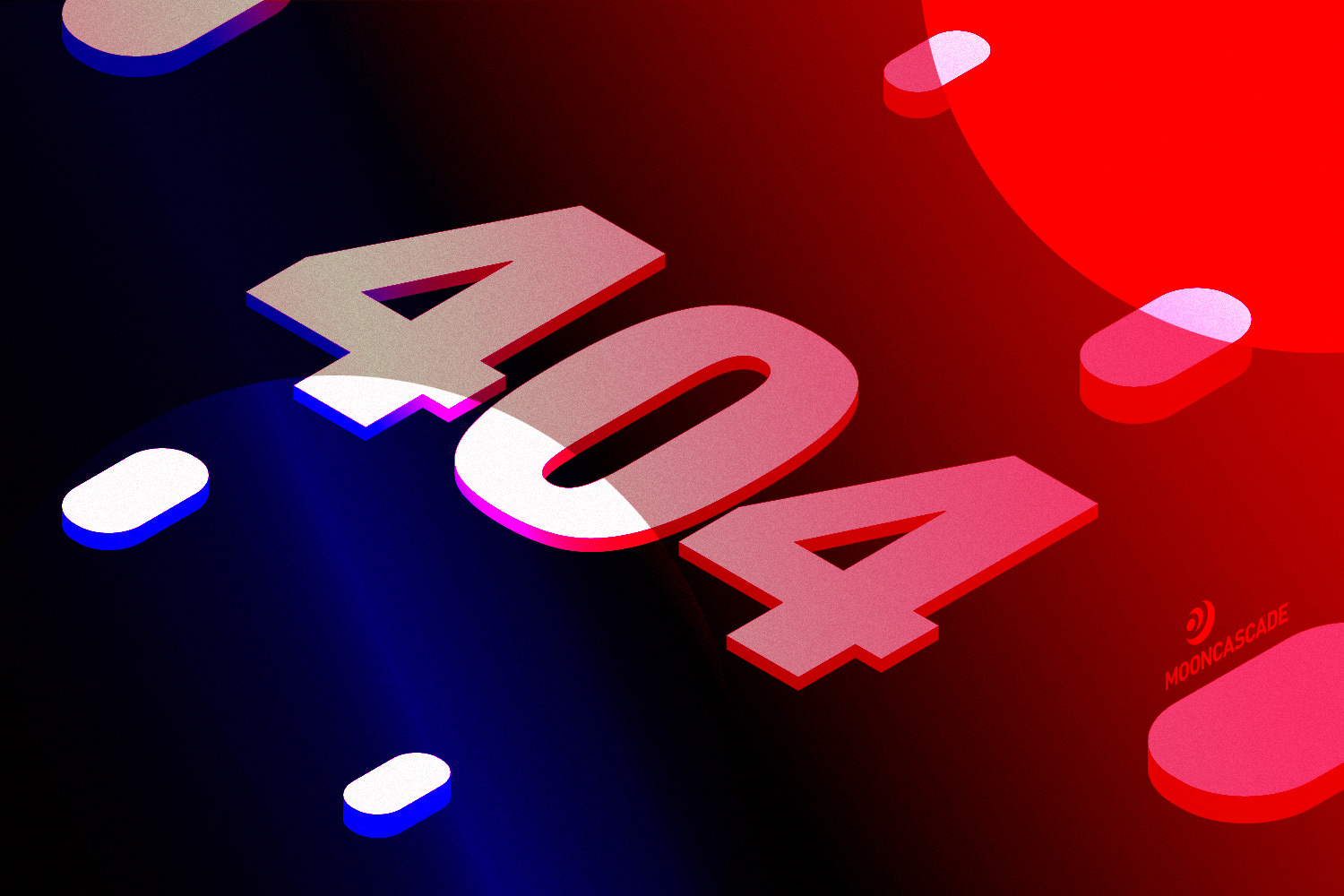
Another reason why product development is important to successful service design is because it pushes teams to dive deep into the problem they’ll be solving. With every round of product development, every new iteration of your product you’re forced to find a new issue and solve it, without undoing any of your precious fixes.
Behind every problem lies a business opportunity. The better you know the problem space you’re working in, the better the service you propose will be. Only when you go beyond obvious questions will you be able to identify something that can produce true value for everyone involved.
Service design methods help you do just that, by honing in on users’ motivations, desires, and their deepest fears and struggles. As your research moves forward, answers will start to repeat, patterns will emerge, and you’ll be able to outline the problem that’s most acutely felt by the majority of your user base. However again – this is why product development is important to service design… your research (and refined service design for your product) will only move forward if you’re constantly striving to make your product better in the first place.
Service design builds better products through iteration
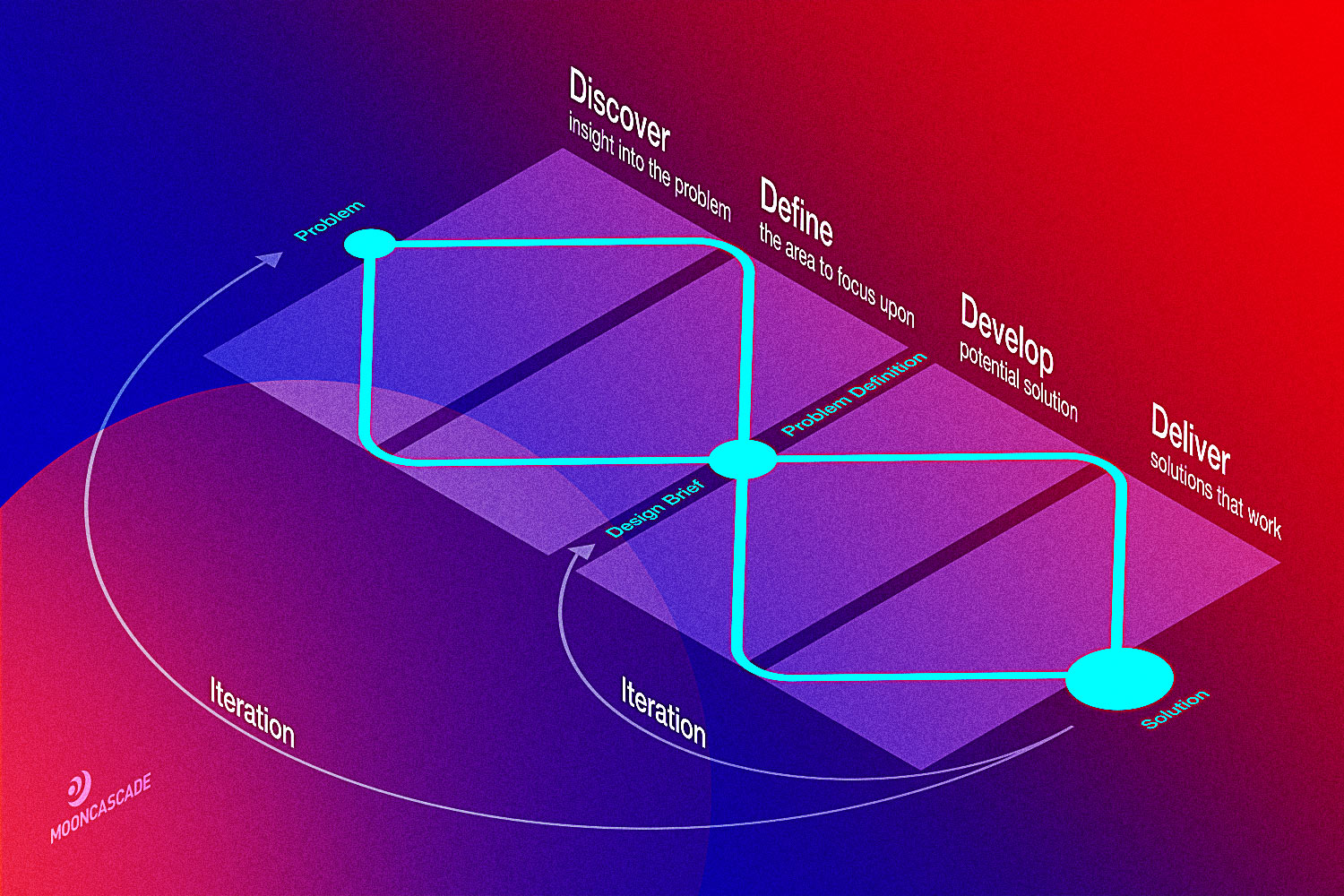
If we had to pick only one reason why product development is important, it would be this – and service design has a big part to play here too. Designers generally break their thinking down into two categories. The first is known as “divergent thinking,” which refers to the process of producing ideas. The second is called “convergent thinking,” which refers to the process of narrowing ideas down to the best ones.
Service design is a powerful product development tool because it makes smart use of these two processes. This is also known as the Double Diamond creative process.
Teams start by gathering insight and researching background information about their users, before turning their findings into a clear definition of the problem. Then, they move onto creating as many solutions as possible, in order to pinpoint the one that works best.
After the team has chosen the solution they feel will be most effective in eliminating the problem, we move on to the next step. This is when the process of refining a design or product via iteration begins, and it’s here that we see in a more practical manner just why product development is important. It’s now time to prototype the solution, test it, and improve it based on the feedback users give them. This allows the team to validate the product’s user experience, visuals, and overall assumptions about the problem their product is meant to solve. Once they’ve done enough iteration and closed in on their product’s best features, they finalize their work and deliver it.
In other words, this is an iterative, rather than linear, approach to product development. At every step of the process, service design uses research and testing to confront what’s been validated internally to the outside world.
And so we see another reason why product development is important to service design, and both are important to creating a great product. Both disciplines ensure that teams have data-driven knowledge about the problem they’re trying to solve, it also helps optimize their solution’s performance to users’ needs as things move forward.
Service design strengthens backstage processes
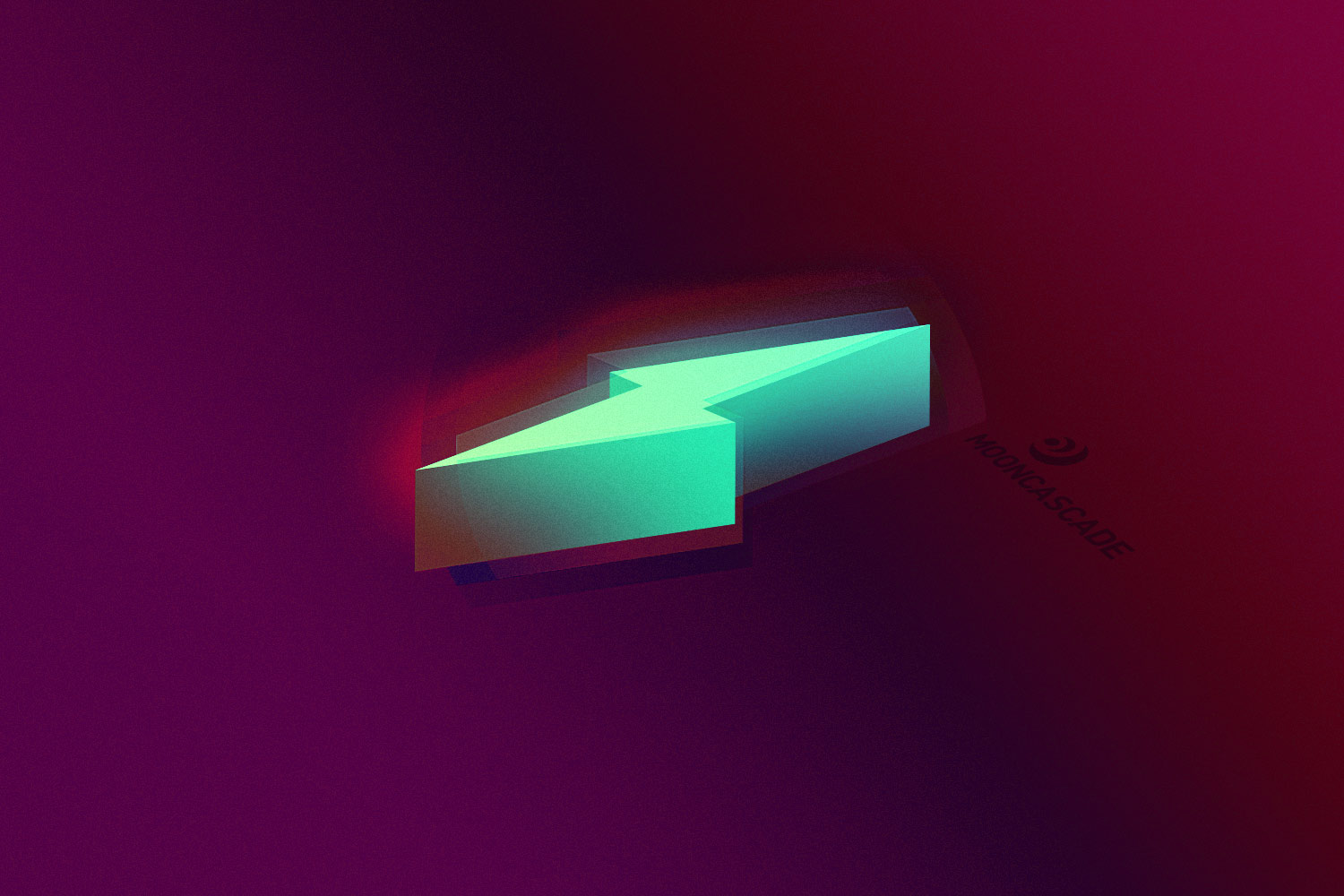
That said, great design isn’t only about the end user. Nowadays, teams need to take into account the processes behind the product being built if they want to stand out, too. This includes customer support, policies, technology, and any other aspects of a business that aren’t immediately visible to its customers.
Think of your product’s UI as the facade and the way your business works as the beams holding the structure together. If your product looks beautiful but the way it functions is terrible and hard to use, this discrepancy will always be felt by the user.
Service design helps avoid this kind of issue is through research, and so we see again why it, and why product development is important: when you ask the right questions and find out what people are really looking for in a solution, you can learn firsthand what frustrates them both in and around the product they’ll be using.
This data is often organized into a service blueprint, which can be referred to throughout development to ensure that the entire experience surrounding your product is as amazing as the product itself.
In competitive markets, this kind of holistic approach makes it easy to see why product development is important – because when you get all aspects of the product, the problems it solves (and how), the UI and the UX right, you can easily make your company outshine a competitor’s. A product boasting seasoned service design that has been perfected and emphasizes all-around consistency and quality will create a strong reputation for your brand that’ll keep users coming back for more.
Service design creates new opportunities
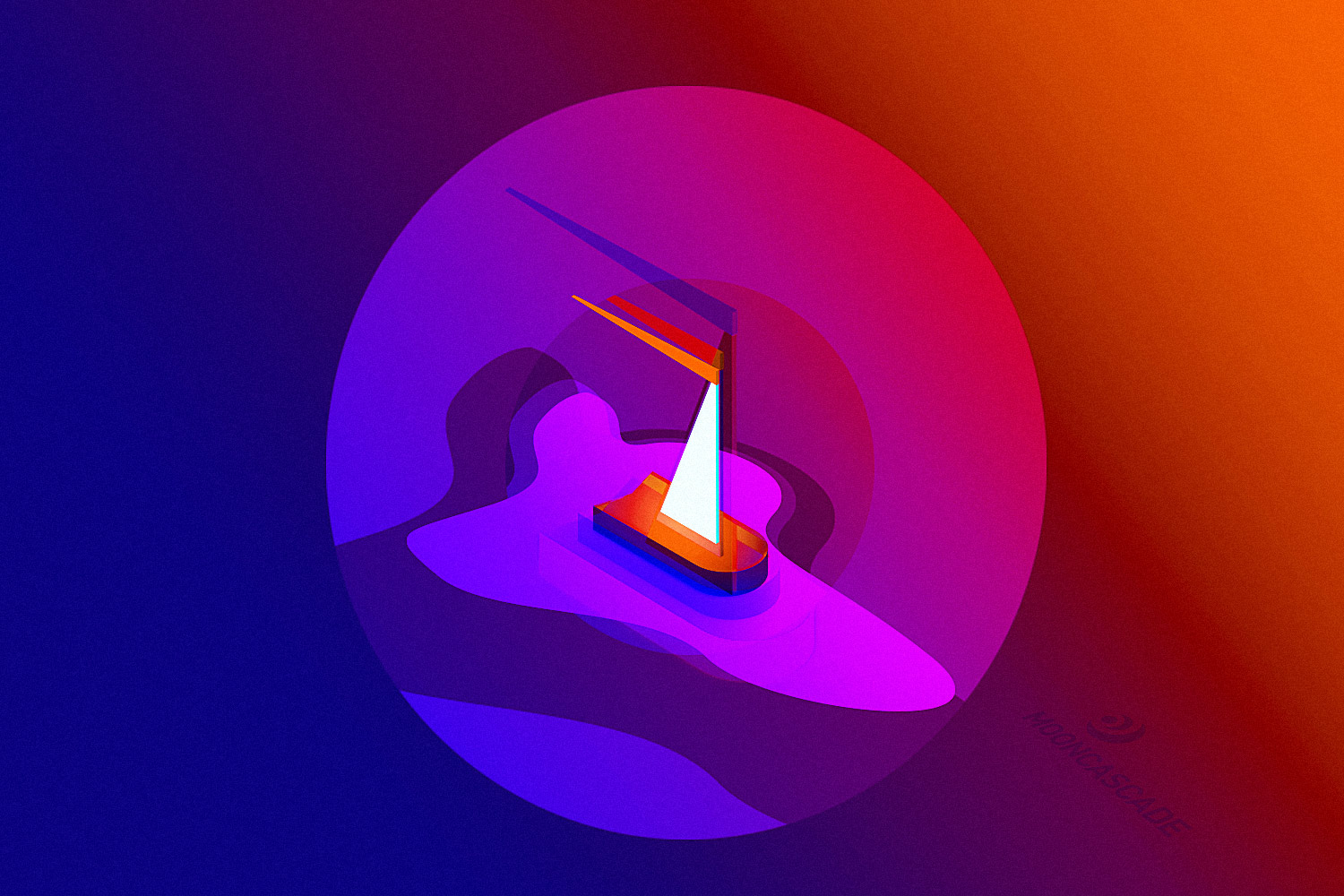
Service design is anchored in user research and testing. This is what gives the approach its power, and also enormous possibility.
As you listen to what people think about your product and zoom in on the problem you want to solve, you’ll often find yourself uncovering questions you hadn’t thought of before – and if you needed another reason why product development is important, you just found it. Sometimes what comes up is so game-changing that it’s impossible to ignore, and you’ll find yourself shifting the entire course of your project to a place with more meaning, potential, and a higher return on investment.
The systematic research that comes with service design also helps you find meaning in what people don’t say. As you observe users answering your questions, it’s not uncommon to see them do something that directly contradicts what they had previously stated.
So keep your eyes open. Don’t ask leading questions that give you the answers you want to hear. Watch closely as your users scroll through your website or mobile app and look for the moment their eyes light up—that’s where the magic will be hidden.
The last word on service design, and why product development is important
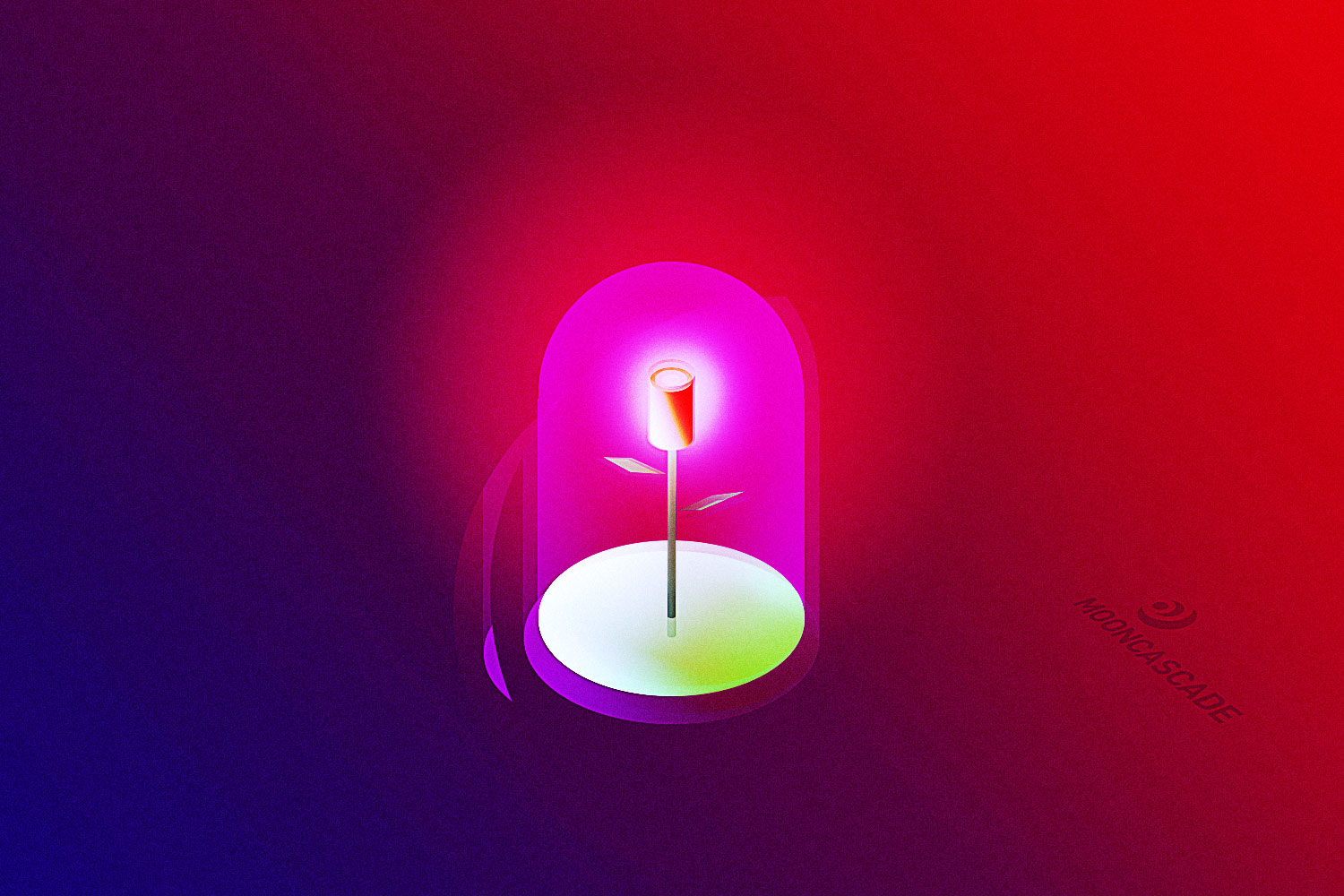
Service design is all about bringing the people who make a product closer to the people who use it. The world is full of things that nobody wants or needs. Building new ones is a privilege. And that privilege comes with great responsibility—having the nouse to understand what your customers are actually looking for.
The more your team understands your end user, the more your product will gain traction within your target segment. One happy customer will recommend your product to another, and before you know it word will spread to friends, family, and all across social media.
That’s the beauty of service design, and it shows again why product development is important: it’ll make your fresh ideas converge with real needs, offering products and services that not only generate value for your business, but improve peoples’ lives along the way, too.
SCALE YOUR BUSINESS WITH SERVICE DESIGN
Our clients have launched an array of successful products with our help. Their secret? Knowing their business and following best design practices before jumping into expensive software development projects. You too can learn how to do this at our tailor-made workshops. Get in touch today and let’s start planning!
